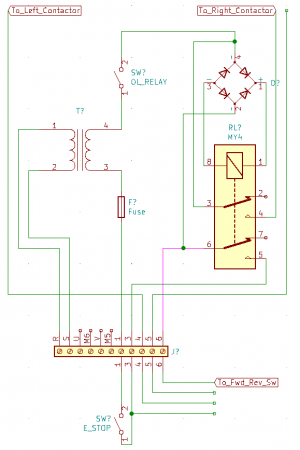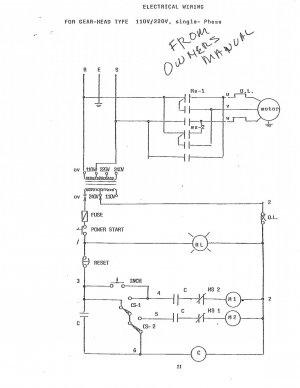- Joined
- Jan 2, 2019
- Messages
- 6,525
No, there is no clicking when the switch is engaged (in either direction).
I have upgraded my membership, and I have examined that exact document. It doesn't, however, seem to match the wiring setup my lathe has.
If I decide the best option is to simply convert the whole thing to 3-phase, where does one source a 1.5/2hp 3-phase motor? The VFDs can be had from Amazon, but I have no idea where one would purchase a motor like that...
I found mine on Craigslist but they are available from lots of different sources.
If you've never used a lathe with variable speed it'll be a revelation for you. Being able to dial in just the right speed by turning a knob is really convenient compared to changing belts only to find out that you need something in between two settings.
If your machine wasn't running when you bought it you could easily have a bad component in your control box, especially if things were torn apart when you got it chances are pretty high that someone else tried and didn't succeed in fixing it. There's really no substitute for going through each component methodically until you find the bad part, then you have to find a replacement....
You could just install a drum switch and bypass the contactors all together, for me it's just better to switch the motor out now rather than fiddling around with 75-year-old technology.
YMMV,
John



